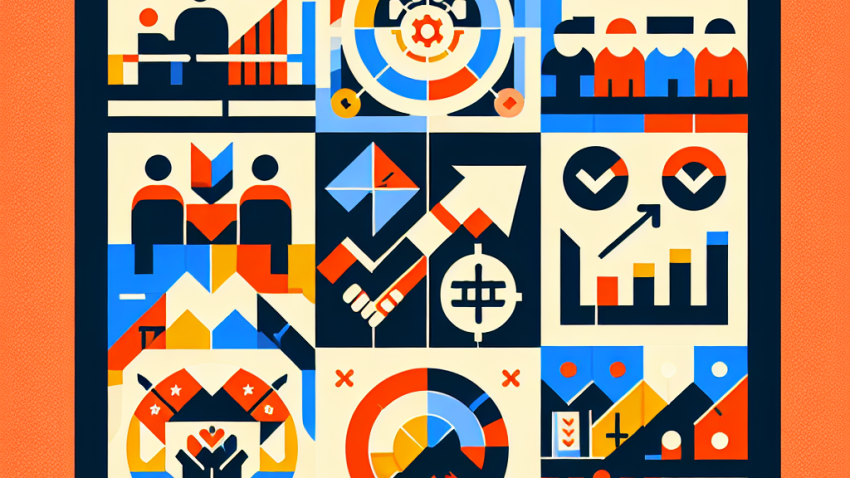
Is Universal Credit Enough? Analysing the UK’s Safety Net Through the Lens of Rising Inflation
The Hidden Cost of Buy Now, Pay Later: What Consumers Aren’t Told
Ah, the sweet, instantaneous satisfaction of clicking that “Buy Now, Pay Later” button. It’s like finding a twenty-dollar bill in last season’s coat—until you realize that same twenty is being silently siphoned from your future paycheck. I’m Eleanor “Ellie” Cartwright, your consumer advocate with a penchant for policy reform and a healthy dose of suspicion when it comes to modern fintech promises. Today, we’re digging into the glossy façade of “Buy Now, Pay Later” (BNPL) services and revealing the structural cracks that policymakers and consumers should be paying attention to.
What is Buy Now, Pay Later (BNPL)?
The BNPL model allows consumers to break up their purchase payments into manageable chunks over a set period—often with no interest. Services like Afterpay, Klarna, Affirm, and others have swooped into the market with promises of financial freedom, instant checkout, and approachable luxury. But how does it actually work?
The Mechanics of BNPL
- You shop online or in-store and choose a BNPL option at checkout.
- The BNPL provider pays the merchant in full (minus a transaction fee).
- You pay the provider back in installments—typically every two weeks, often within four payments.
- If you miss a payment? Interest, late fees, and credit score dings may apply.
Sounds simple, yes? But therein lies the problem: the simplicity masks serious risks.
The Psychological Trap: Why BNPL Feels So Easy
BNPL platforms are designed around frictionless consumer psychology. The checkout experience is streamlined, skipping the bothersome “approval” feeling of credit card applications. There’s no glaring total cost flashing before your eyes—just a charming little message: “Only $14.99 today!” That’s marketing sipping a martini with behavioral economics at the table.
This lightness leads users to underestimate how much they’re spending. A Consumer Financial Protection Bureau (CFPB) report in 2023 revealed that most BNPL users end up borrowing more than they would have using traditional credit. Is that financial empowerment—or a dressed-up budgetary time bomb?
The Hidden Fees and Terms You’re Not Reading
One of the most serious issues with BNPL services is the opacity in fees and policies. Here’s a breakdown of costs consumers often stumble upon later:
- Late Payment Fees: Vary by provider, but can range from $7 to $25 or more per missed payment.
- Interest Charges: Some plans are 0%, others carry APRs up to 30% beyond the promo period.
- Returned Payment Fees: If your bank transfer fails, you may get dinged even further.
- Collections: Prolonged delinquency often leads to aggressive debt collection practices, possibly impacting credit reports.
This lack of standardization and clear, upfront disclosures violates one of our core consumer rights: informed consent. You can’t make a smart choice if the full picture is obscured under tiny fonts and expandable menus.
Regulatory Oversight: Too Little, Too Fragmented
Unlike credit card companies, BNPL companies operate in a surprisingly under-regulated space. As things stand today, there is no universal federal mandate requiring BNPL lenders to undergo the same level of scrutiny as traditional creditors. They often side-step Truth in Lending Act (TILA) disclosure requirements by labeling their plans as “installment billing,” not loans. Clever, right? It’s also immensely risky.
Pending Policy Shifts
But change is on the horizon. The CFPB has made clear its increasing interest in tracking the risk profile these services pose to vulnerable consumers. Current proposals under discussion include:
- Requiring clearer fee disclosures at checkout
- Standardizing late fee structures and caps
- Mandating reporting to credit bureaus for transparency
- Extending TILA protections to BNPL models
While these may not be headline-makers in mainstream media, for consumer advocates like me, they’re the policy version of a standing ovation.
Disproportionate Impact on Vulnerable Communities
Let’s talk equity. BNPL lures in consumers who may already be financially fragile: younger people, families of color, and lower-income earners. These individuals are often less likely to qualify for traditional credit—or more wary of credit cards due to past debt cycles. BNPL appears safer.
However, this demographic is also least equipped to absorb unexpected costs, fees, or negative credit implications. A missed payment is not just an inconvenience; it’s a financial derailment. The promise of democratized spending rings hollow when the long-term risk disproportionately burdens those with the least wiggle room.
BNPL and the Illusion of Budgeting
Perhaps the cruelest trick BNPL plays is the veil it throws over real budgeting. When you escape with today’s purchase for just “four easy payments,” it doesn’t feel like a withdrawal—but it absolutely is. Juggling multiple BNPL plans across different providers can quickly lead to confusion, missed payments, and cascading debt.
Worse, since BNPL payments typically auto-withdraw from your debit card or account, people often don’t realize they’re short until their bank hits them with overdraft fees. National banks charged nearly $15 billion in overdraft fees in recent years already—a number BNPL is poised to escalate.
What Can You Do as a Consumer?
Until regulations catch up, self-advocacy is your first and last line of defense. Here’s what I recommend:
- Read the Fine Print: Dig into the full terms before clicking “agree.” Know what happens if you’re late or default.
- Track Your Installments: Use budgeting tools or even a good old Excel sheet. Make sure you aren’t paying off five items at once.
- Avoid BNPL for Essentials: If you’re using BNPL for groceries or gas, it’s a red flag to reassess your broader financial strategies.
- Watch for Multiple Plans: Providers like Klarna and Afterpay don’t communicate with each other. You could owe four services simultaneously without realizing it.
Final Thoughts: Transparency Is a Right, Not a Luxury
BNPL isn’t inherently evil. In fact, when used wisely, it can be a viable tool in the consumer toolkit. But without sufficient legal boundaries and transparency mandates, the model as it stands today disproportionately favors investor margins over financial literacy.
I’ll be the first to admit it: I love the idea of easier access and financial inclusion. But not at the cost of people’s long-term stability. True financial empowerment doesn’t sneak up behind you with fees and vague T&Cs. It hands you the whole truth and lets you decide unburdened.
So, next time that charming “Pay in 4!” box flickers on-screen, ask yourself: is it empowering your wallet—or emptying it when you’re not looking?
Got questions or want to share your BNPL experience? Visit our contact page—I’d love to hear from you. Until then, keep buying smart, and stay policy-aware.

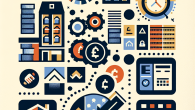


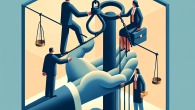
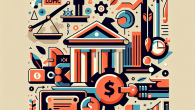

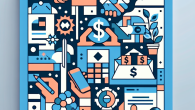

Leave a Reply